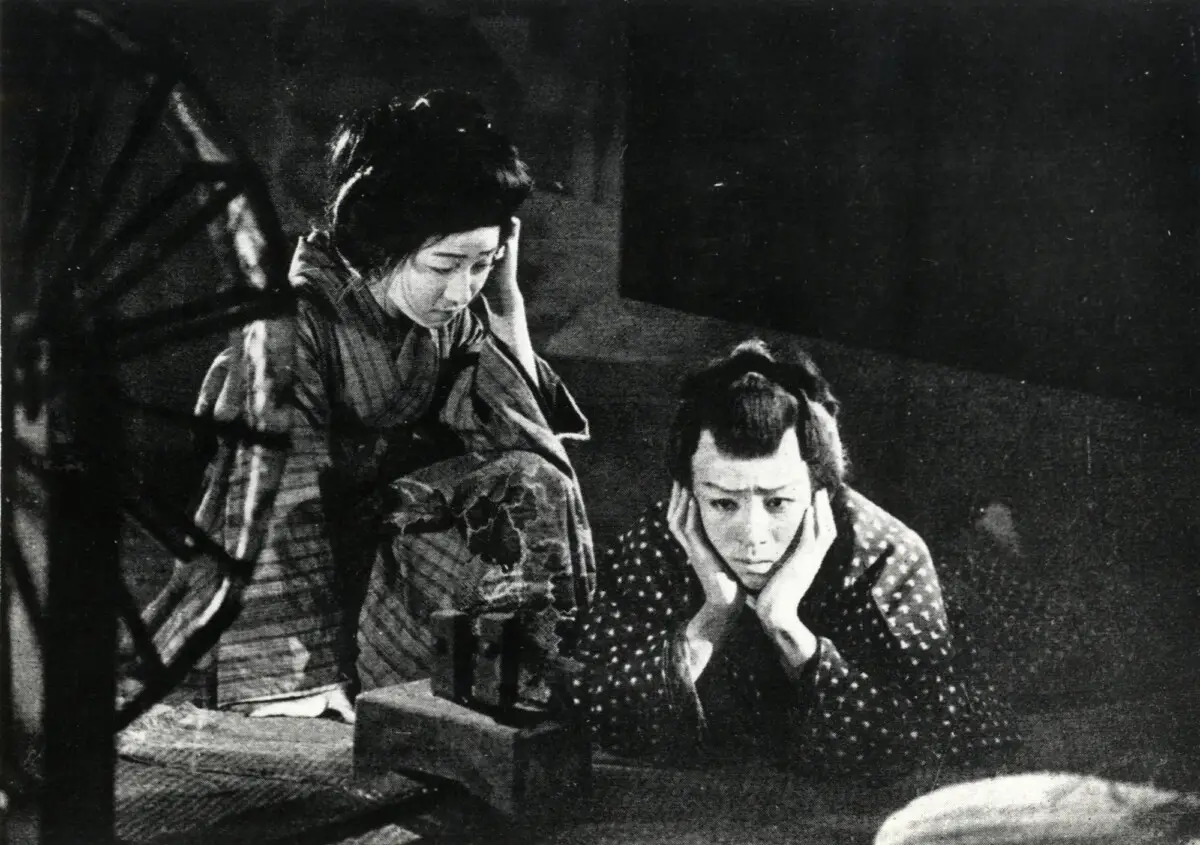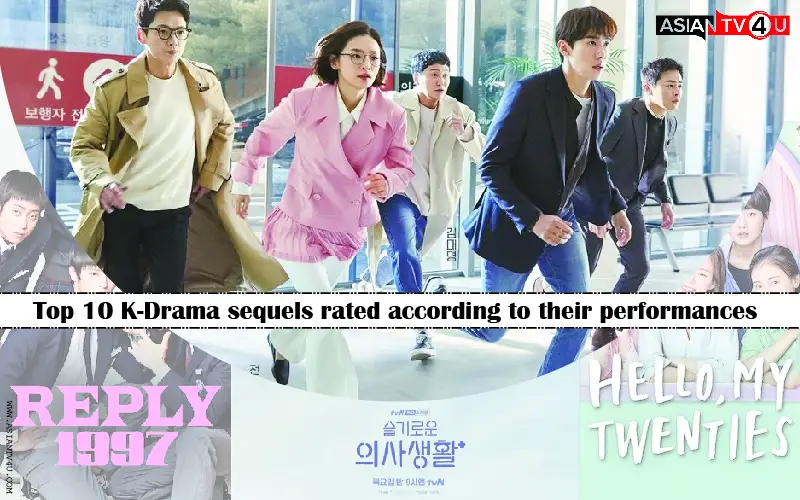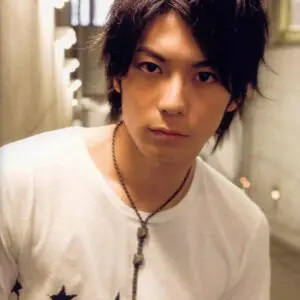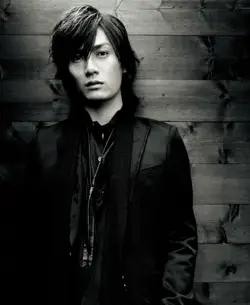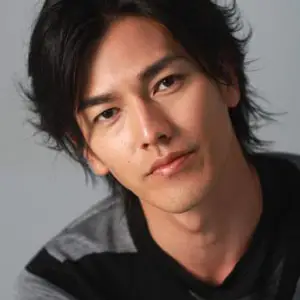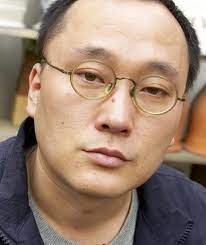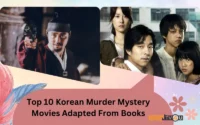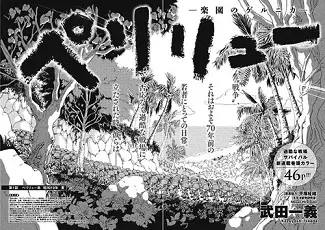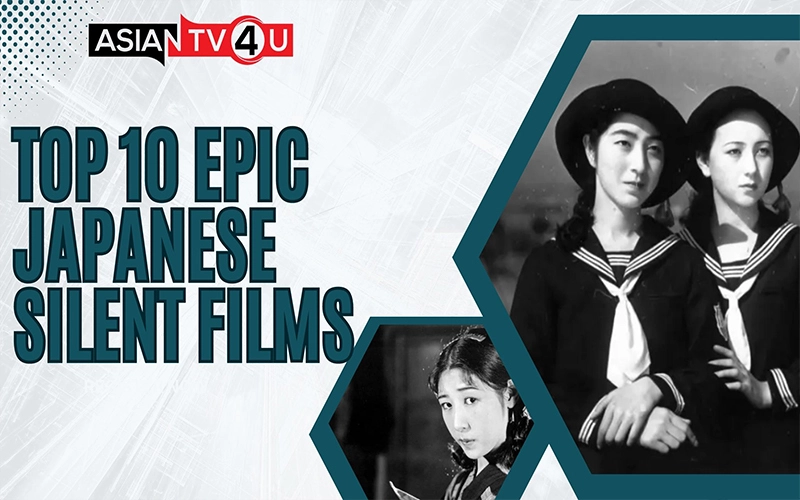
Never were Japanese silent movies truly silent but more vocal through actions, concepts, and visuals. The term narrator in Japanese, translated as benshi, refers to actors who used to provide live narration for silent movies. They served as the centerpiece of silent films. These movies included commentary, mime, and narration. The era/silent era is still precious in the hearts o the audience as it conveyed the stories and concepts with innovations and developments. This era had a touch of authenticity with black-and-white pictures or visuals.
1. Orochi (1925)
Unable to control his anger but loyal and skilled in battle, a samurai descends into society due to numerous misunderstandings and his rivals. Eventually, he winds up in jail while he tries and struggles for recognition. This black and white silent film with benshi (Japanese performers who provided live narration for silent films) accompaniment starred one of the most well-known Japanese actors- Tsumasaburo Bando, aka Bantsuma. Directed By: Buntarō Futagawa

2. Tokyo Chorus (1931)
It is a silent drama film about a family man, Shinji Okajima. He was a funny student, but now, he is a married, low-wage-earning man with three children. An incident at his office ends his family dealing with unemployment, following their financial situation, children's demands, sickness, and overall family life. His struggle with job-hunting fates him to meet his school teacher, and the story takes turns. Directed By: Yasujirō Ozu

3. Souls On The Road (1921)
A young man who left his house following the aspirations to become a violinist is now back on the journey to his town, being an unsuccessful violinist with a wife and child. On their way, they meet two prisoners who escaped. On Christmas Eve, when they arrive in the village, the ex-convicts seek assistance while the violinist is turned away by his father. Directed By: Minoru Murata.

4. Passing Fancy (1933)
Passing Fancy is a charming and heartfelt story of a close but troubled father-son relationship. A brewery worker, an aging single father, struggles to raise his son amid poverty after the death of his wife. He meets a beautiful woman and woos her, and as a result, his disobedient son is resentful of his father's attention and develops conflicts between them. Directed by: Yasujirō Ozu

5. The Water Magician (1933)
It is a heartbreaking story of a lady who suffers social consequences. She plays a well-known water juggling act in a traveling carnival group and falls in committed love with an orphaned carriage driver Kinya Murakosh. She helps him get into a law college and pay his tuition, but soon she feels unemployed, finding no jobs around her. Directed by: Kenji Mizoguchi
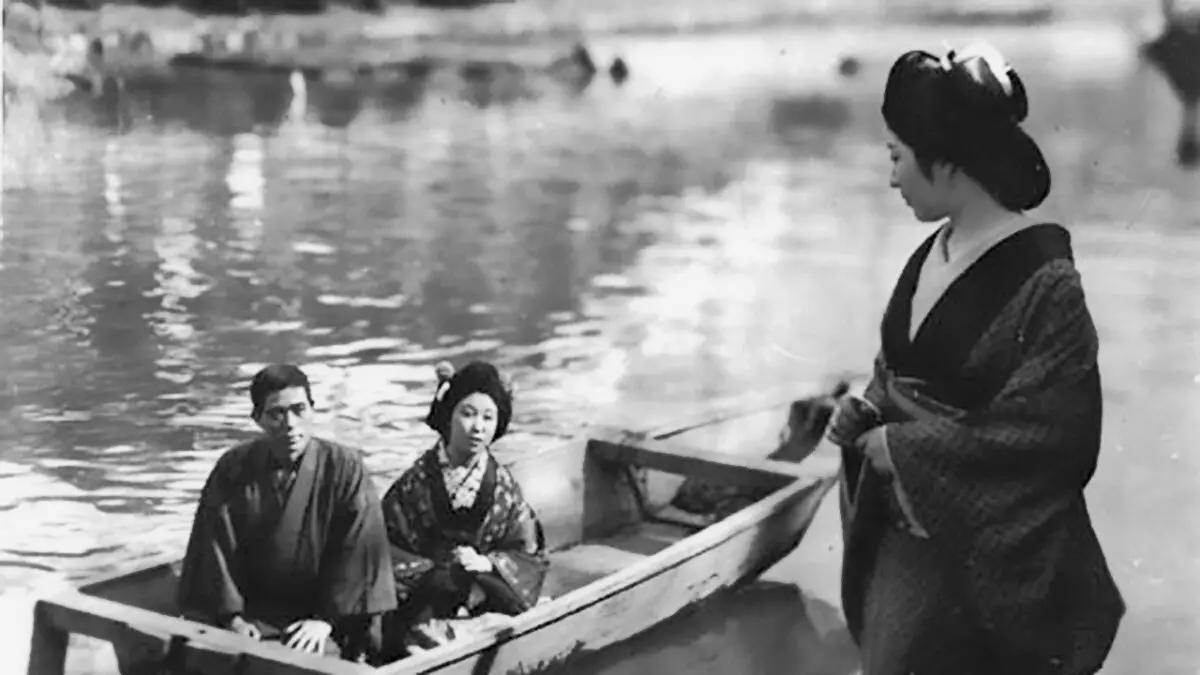
6. Japanese Girls At The Harbour (1933)
Set in the port city of Yokohama, Sunako and Dora duo is a great friendship goal until a handsome playboy Henry, offers to take Sunako for a ride. A little can expect of their friendship drifting away when Sunako falls in love, but later, Henry leaves her for another girl. This jealousy causes Sunako to commit a horrific crime, leading to a humiliating fall from grace and a dissatisfactory further life. Directed by: Hiroshi Shimizu
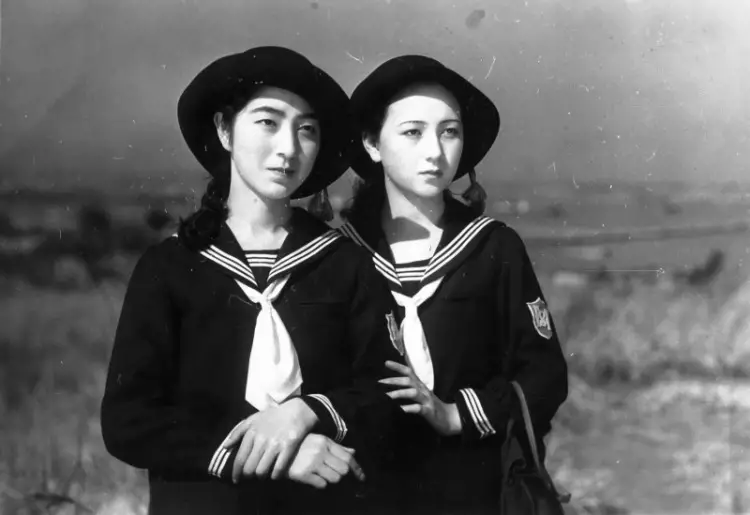
7. A Page Of Madness (1926)
The film takes place in a countryside asylum, where a man, who was cruel to his wife, works as a janitor at a mental hospital out of guilt so that he can be close to his insane wife. He believes he can rescue his wife from there and tries to trick everyone, but later, he loses awareness of the line between dreams and reality. Directed by: Teinosuke Kinugasa
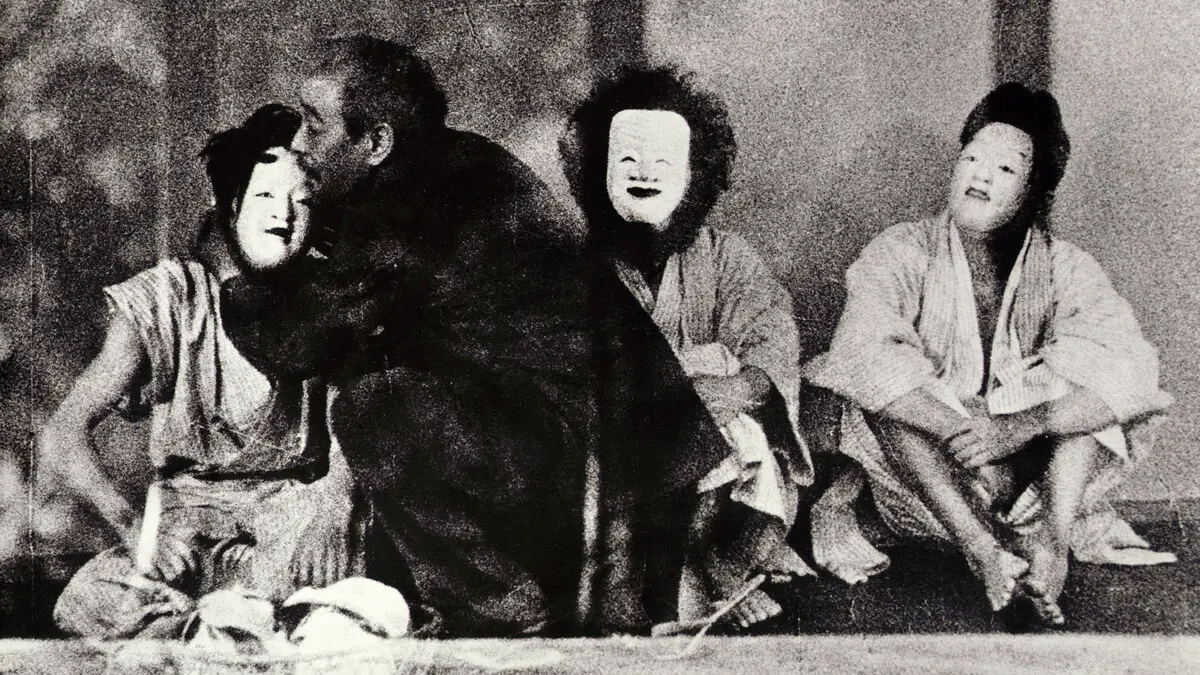
8. Walk Cheerfully (1930)
Kenji is a burglar/swindler known as Ken the Knife, who enjoys drinking and getting into fights until he falls in love with a beautiful and uncomplicated girl, Yazue. When Yazue learns the truth about him, she leaves him. With such an experience, Kenji decides and wants to start over and find a good girl, but realizes that letting go of the past is not as easy as it seems. Directed by: Yasujirō Ozu
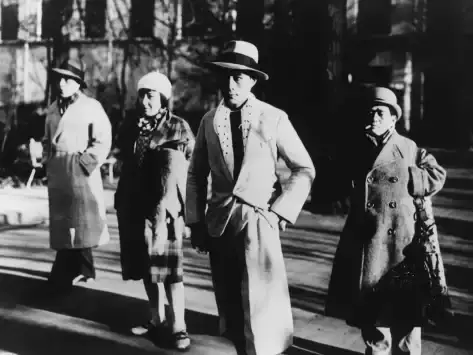
9. What Made Her Do It? (1930)
Based on the Shingeki play, the film depicts Sumiko, a single woman suffering at the hands of capitalist society, and how her desperation eventually leads her to commit to setting a fire. Sumiko is first sent to live with her aunt and alcoholic uncle, then sold to a circus, later adopted by a wealthy family, and eventually placed in a Christian orphanage. The film is considered an example of a leftist tendency in Japan. Directed by: Shigeyoshi Suzuki
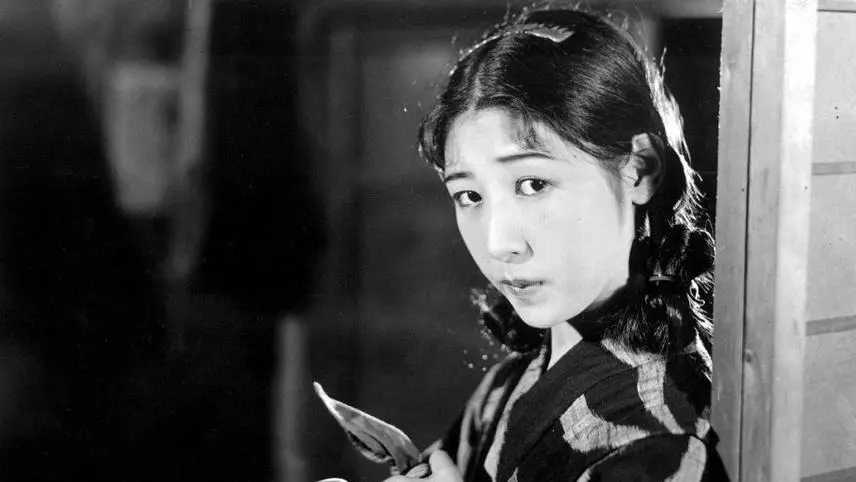
10. Crossroads (1928)
Courtesan O-ume is Rikiya's love and obsesssion. When he gets into a fight, he is blinded and believes it is permanent also that the rivals are dead. He goes back home with his sister, and there she offers herself as a prostitute to pay for Rikiya's treatment. His sister fights to save herself from being raped, and Rikiya gains eyesight on his own and arrives at O-ume, and the plot follows an unexpected path.
